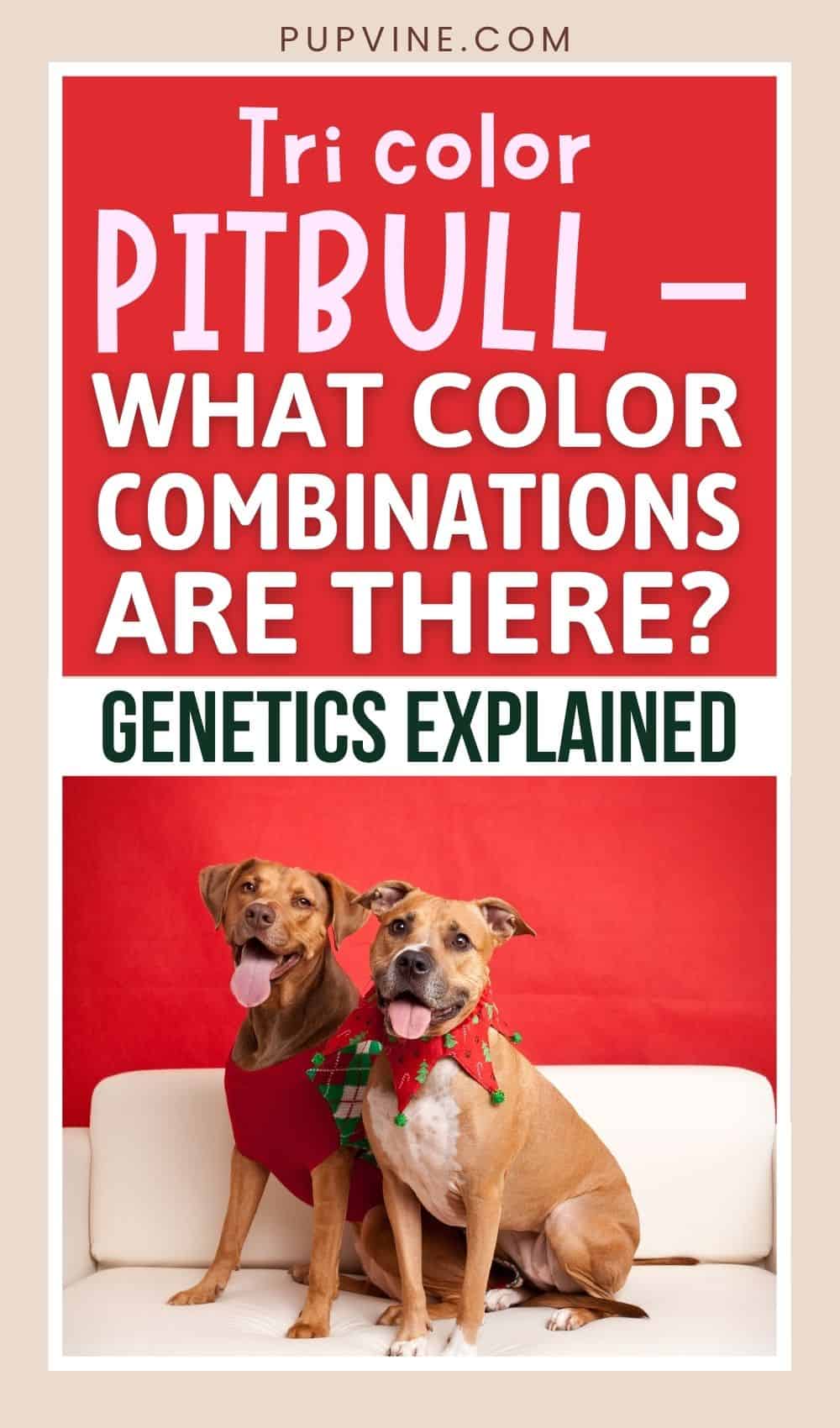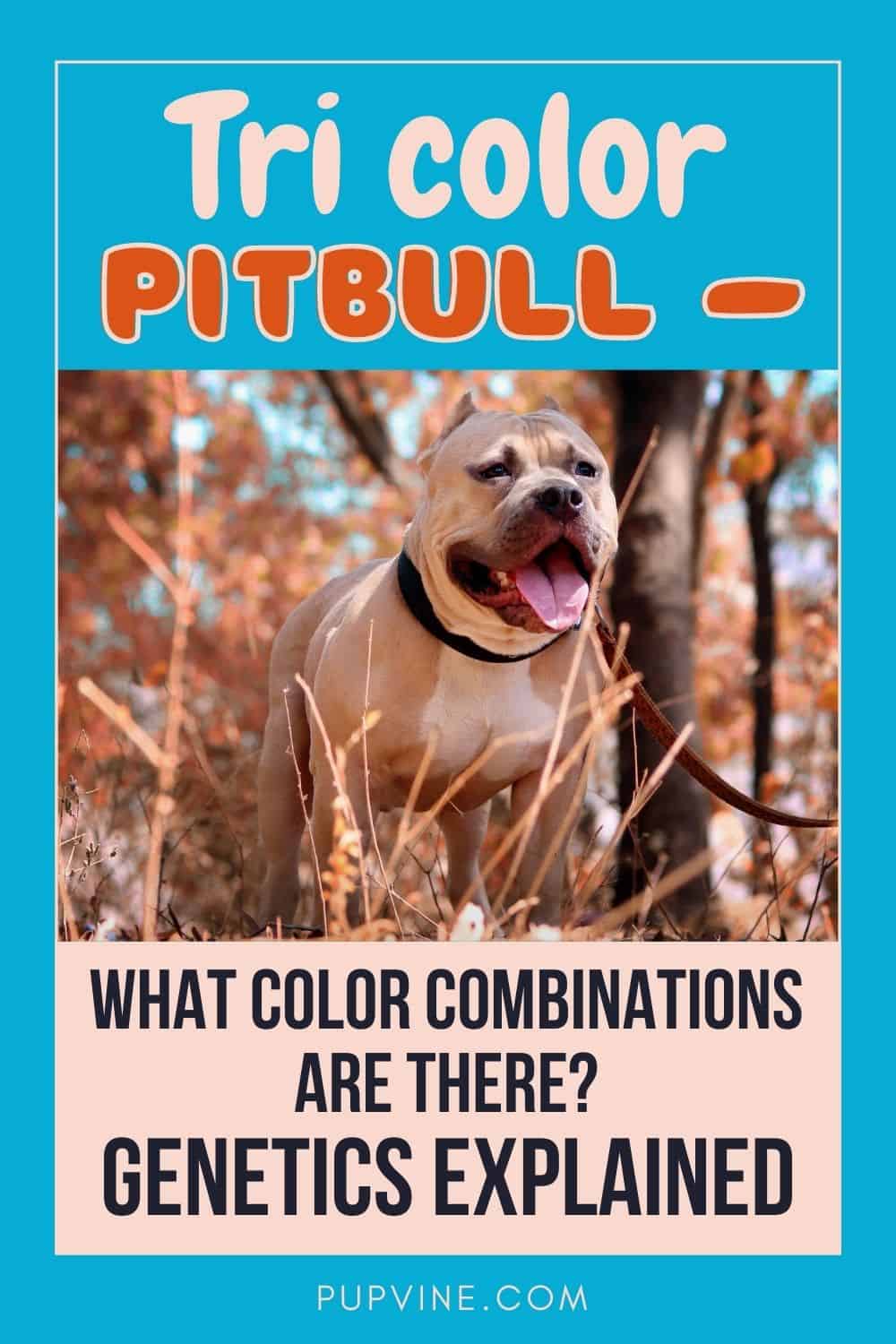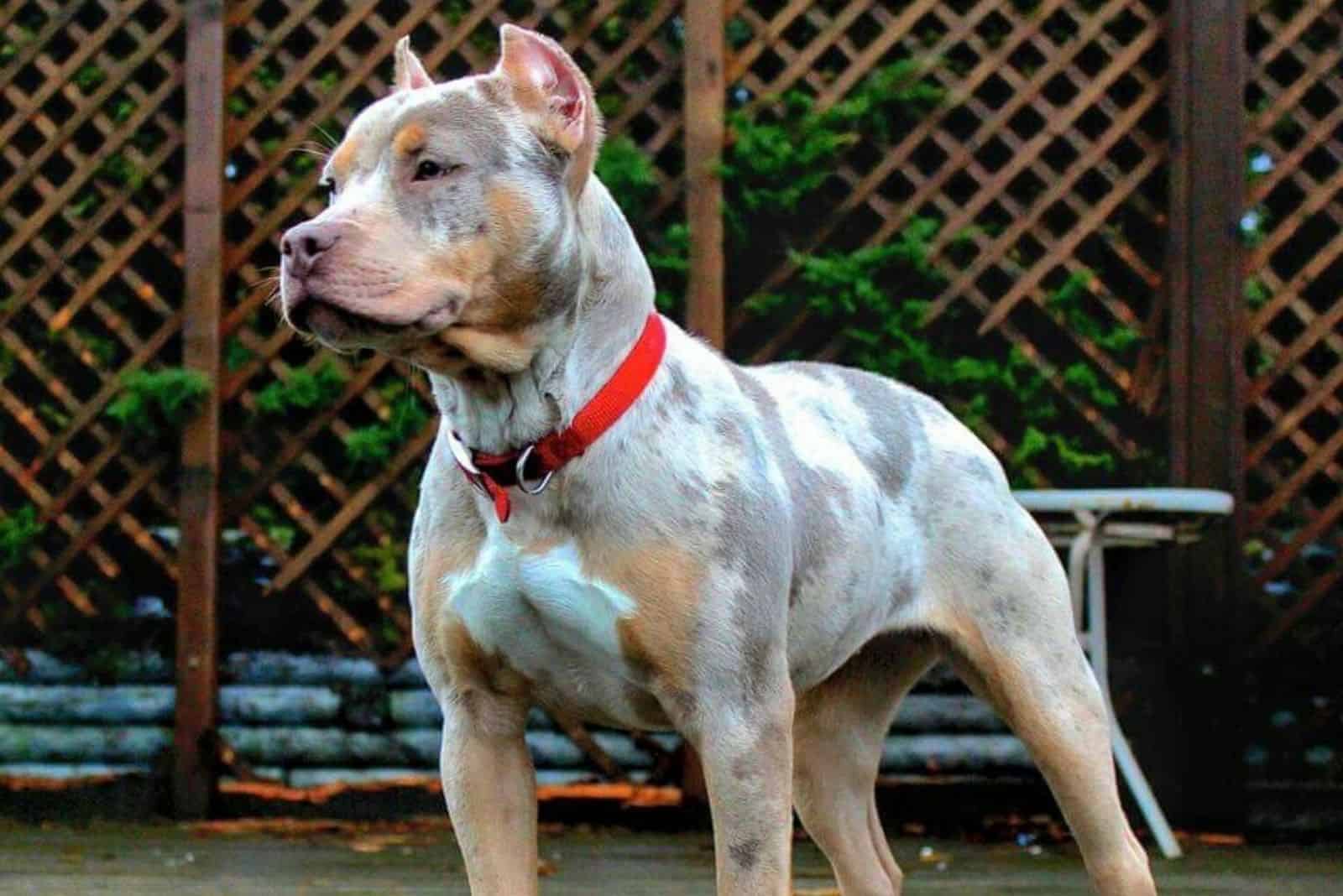While there are many Pitbull colors out there, one stands out as being more remarkable than the rest – the tri color Pitbull. These dogs have color patterns you don’t typically expect to see in Pitbulls.
This color pattern comes in all four types of Pitbulls. You can find tri color American Pit Bull Terriers (APBT), tri color American Bully puppies, tri color American Staffordshire Terriers, and tri color Staffordshire Bull Terriers.
While rare, tri color Pitbulls exist in all of the biggest Pitbull bloodlines, such as the Colby Pitbulls, Razor Edge Pitbulls, and Gotti Pitbulls.
If you plan on becoming the new owner of a tri colored Pitbull, there are a few things you need to be mindful of.
To help you understand what your options are and some things to consider, we have gathered as much information as we possibly could about this one-of-a-kind color combination. Here’s everything you need to know!
What Is A Tri Color Pitbull?
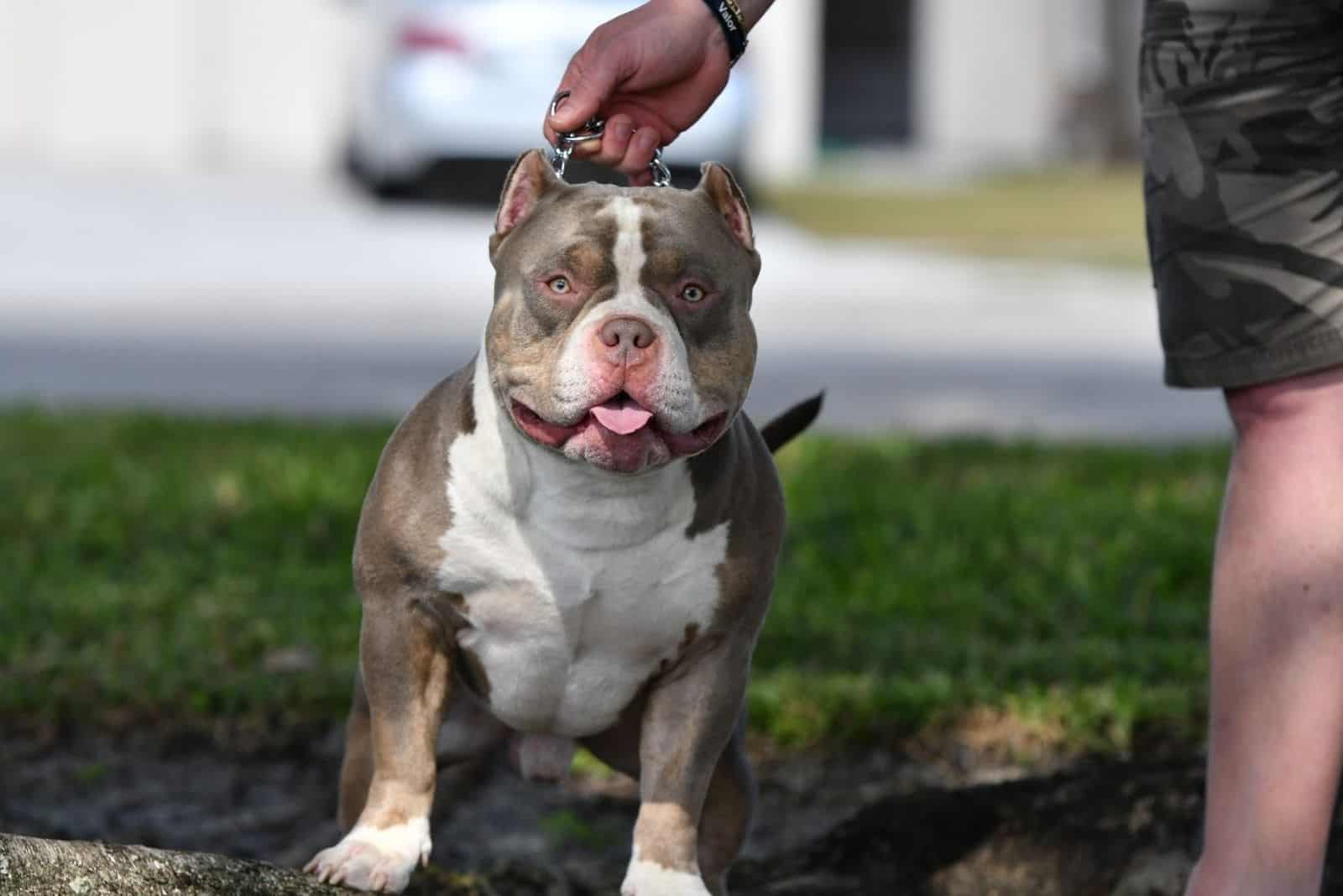
Tri color Pitbulls are Pitties with a unique color pattern that is fairly new in this breed. As their name suggests, they have three different hues on their medium to low-shedding coat.
Typically, they have one basic color that ranges anywhere between black and blue or lilac and two other shades that are usually white and tan.
As these dogs have become more and more popular in the past few years, breeders are creating as many color combinations as they can, especially as there are plenty of possibilities when you have three colors to work with.
Are Tri Color Pitbulls Rare?
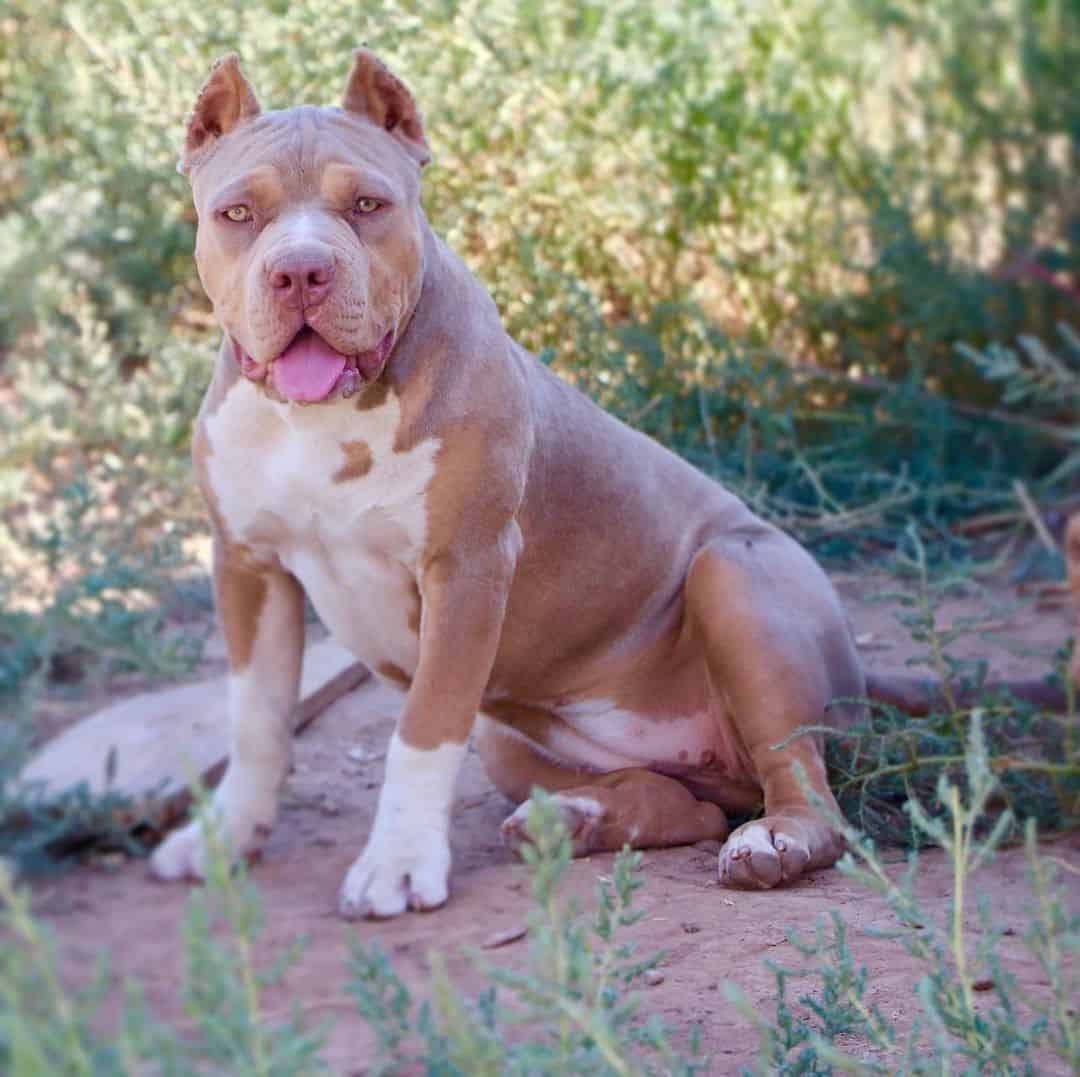
Photo from @dukecitypitbulls
Despite their growing popularity, tri color Pitbulls are somewhat rare. There are a few reasons behind this.
First off, most breeders avoid breeding tricolored Pits for several generations at a time. This is because these pups can be mistaken for mixed-breed dogs, and this is something breeders don’t want for their tri color Pitbull puppies.
This is especially true of Bully breeders, as these dogs are more valued for their pedigree than for the coat color they have – but more on this type of Pitbull later on.
Secondly, the genetics behind the tri color Pitbulls are somewhat complicated.
The color and pattern of a Pitbull’s coat are determined by Agouti genes. It depends on the variations of the Agouti locus alleles. The alleles that determine the main coat color are:
A allele – it causes the dominant black color that might be more or less diluted if the dilution gene is present. If an A allele is present, you’ll most likely get a black, blue, or chocolate puppy.
Ay allele – it produces the dominant yellow coat color. Typically, this allele is responsible for red and buckskin tri color Pitbulls.
At allele – this allele produces solid-colored tan point Pitbulls. This is a recessive gene, meaning it won’t express itself on the coat if one of the other two alleles is present.
Also, since recessive genes can stay hidden for generations, this means it might be difficult to know whether or not a pup is a carrier of the At allele.
These alleles have to be carefully matched to get a desired tri color puppy – not to mention that there is no guarantee that the same combination will produce two identically colored puppies!
Here are a few examples:
If your dog is tan and black, he has inherited an At allele from both of his parents. This is because the tan point gene is recessive, and there is no other way to get it.
A buckskinned or red dog inherited an At allele from one of its parents but the Ay allele from the other one.
On the other hand, a solid black color is caused by the mix of the A allele and At allele – but this is the same combination that makes solid blue or brown dogs.
If you own a unique dog like the tri-color Pitbull, then you need some unique stuff too! Tell us, are you interested in some cool dog collars, harnesses, and beds? Here’s what we have for you!
[table id=205 /]
Common Tri Color Pitbull Patterns
As we’ve mentioned before, tri color Pitbulls come in a wide variety of colors. The colors and patterns are usually named after the base coat color – or rather, after the dominant color on their body.
Let’s begin!
A Black Tri Color Pitbull
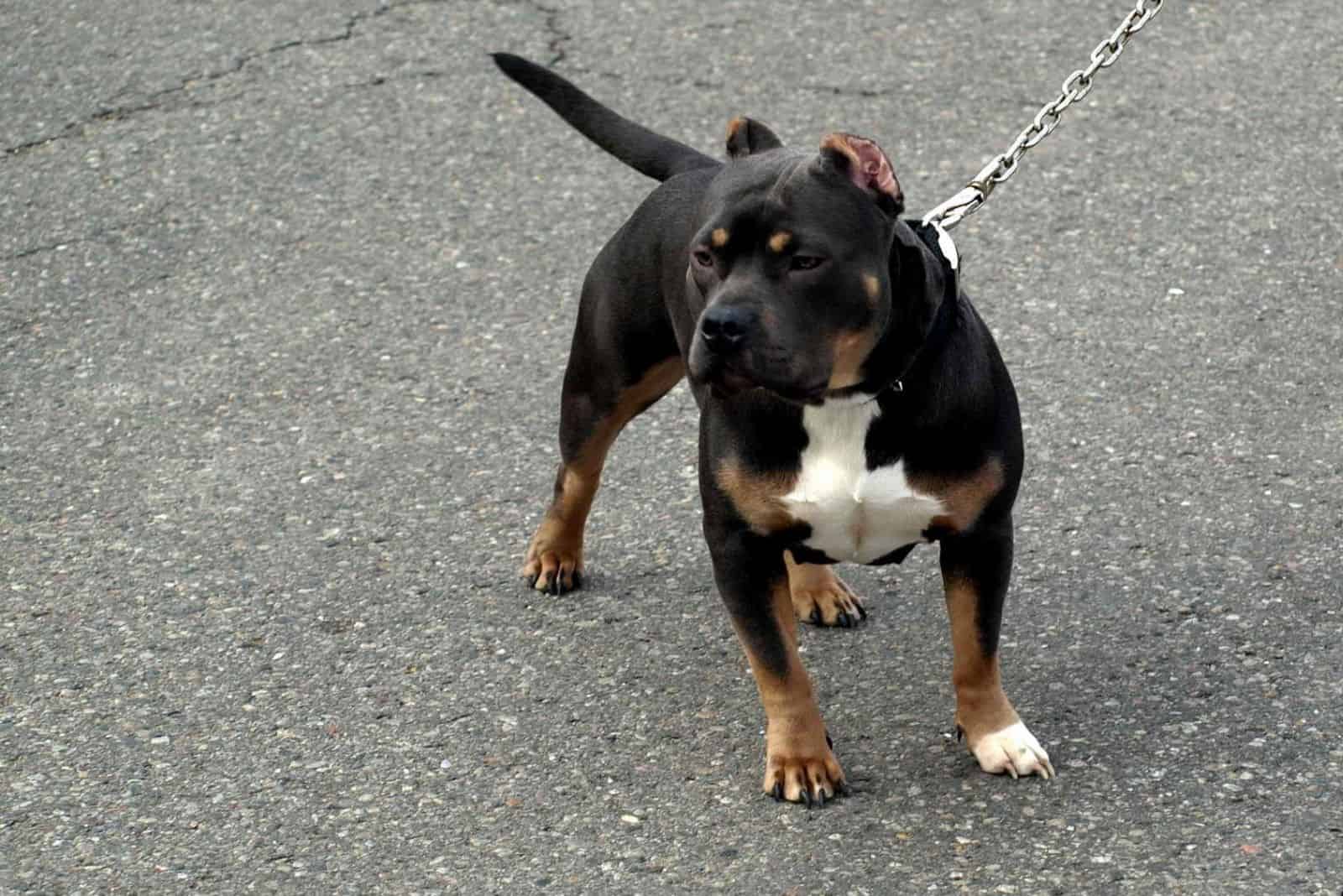
This is probably the most common main color in tri color Pitbulls. These pups have an almost solid black coat with two more colors (most likely white and tan) around their necks and on their legs.
Tan markings are usually above the dog’s eyes and nose, on their legs and chest, while the stomach and paws are typically white.
A Chocolate Tri Color Pitbull
Chocolate tri color Pitbulls are quite common within the American Bully bloodlines. This is because many Bullies come in this base coat.
This is considered the ‘dullest’ coat combination of all the tri-colored dogs, as a Pitbull with this pattern simply looks as if it has three shades of the same color – the darkest one being chocolate and the lightest being white.
Still, these dogs are some of the more popular when it comes to the Pitbull breed.
A Tri Color Brindle Pitbull
Brindle dogs have the so-called ‘tiger stripes’ on their body. While typical brindle Pitbulls have most of their coat in brindle with a few white markings, tri color brindle Pitbulls include patches on the coat where the brindle isn’t present.
Depending on the main coat color, you can have blue brindle tri color Pitbulls, red brindle color Pitbulls, liver brindle color Pitbulls, etc.
These brindle markings aren’t always discernible, as some patterns make them more noticeable than others. However, if you look closely, you can always see stripes on some parts of these dogs’ bodies.
A Blue Tri Color Pitbull
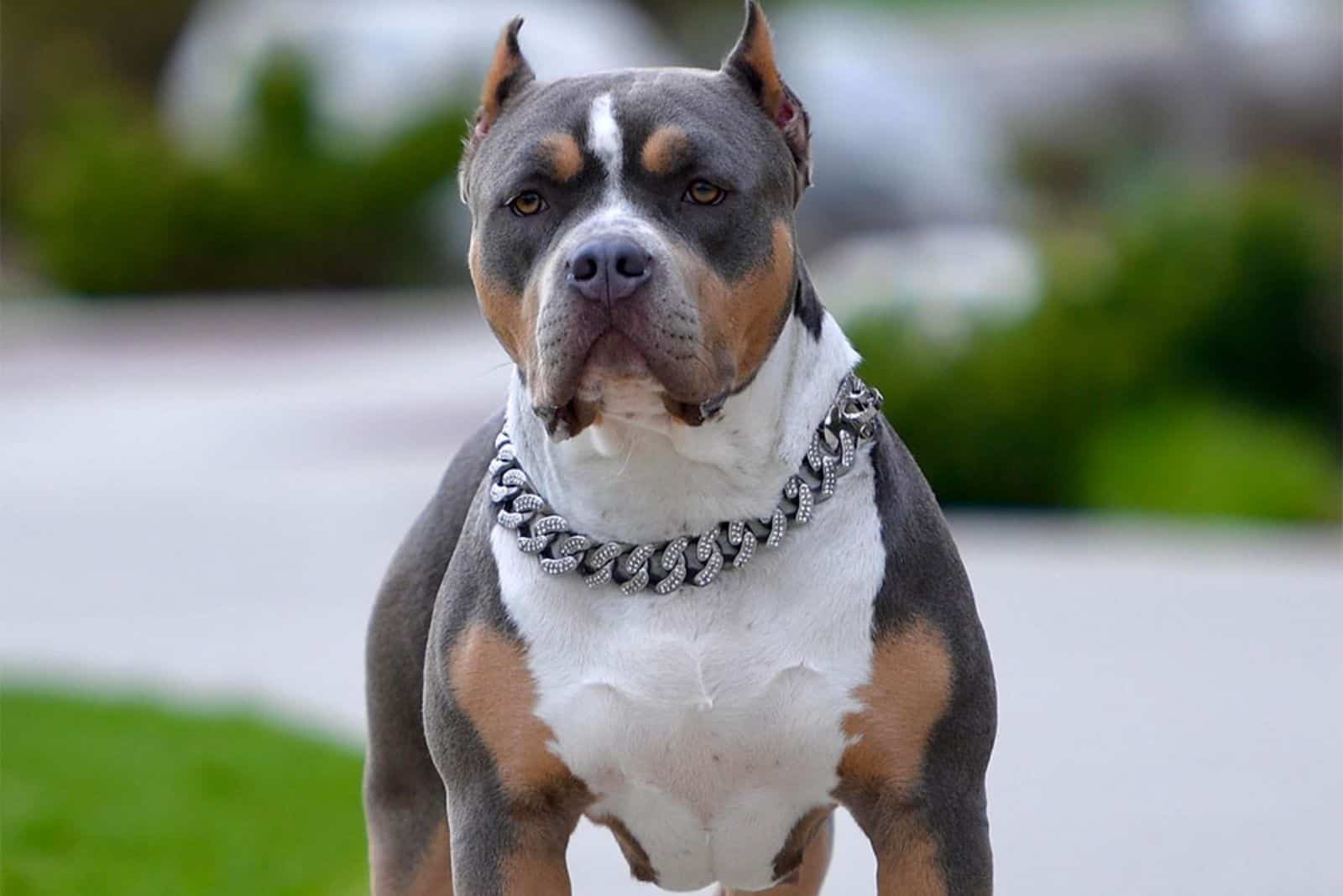
Blue tri color Pitbulls are somewhat common compared to other, more exotic colored coats.
Like most other tri-colored Pits, they mostly have tan and white markings on their heads, stomachs, and legs. Their base coat can vary anywhere between dark blue (that resembles black) and bright silver.
A fun fact is that these dogs will always be blue nose Pitbulls since the blue coat color always comes with a blue nose. If the dog’s nose is black or brown, the canine in question is a tan tri color Pitbull.
See Also: A List Of 7 Reputable Blue Nose Pitbull Breeders
A Purple Tri Color Pitbull
A purple tri color Pitbull has a gorgeous combination of colors on its coat. These pups have a purple (warm shade of blue) coat with tan and white markings on some parts of their bodies.
Purple Pitbulls have a coat that seems to be a somewhat warmer shade of blue. These pups’ markings are usually lighter than most other combinations, sometimes even in a champagne or warm grey color. The third color will almost always be white.
Unlike with blue tri color Pitbulls, these pups don’t have as visible tan markings, so they might appear to be only purple and white until you look at them closely.
A Merle Tri Color Pitbull
Merle Pitbulls usually have more than three colors on their coats – but many people still put them under the tri color umbrella. In fact, most merle Pits have one base coat color (making them blue merles, red merles, fawn merles, and so on), that same color but diluted, and tan and white markings.
These markings are usually located on the same spot as with most tri color puppies – on their snouts, above their eyes, on their cheeks, chests, stomachs, and legs. These dogs also mostly have blue eyes or heterochromia.
It is important to note that merle is a very dangerous color that can lead to many health problems in all dog breeds, and not just Pitbulls. This is why most reputable dog breeders stay away from it.
This is because the merle pattern is the result of dilution genes that dilute the dog’s entire body, not just its coat color. This includes their skin, nerves, and heart. In fact, many homozygous merles (dogs that carry two merle genes) are entirely deaf or blind – or even both.
A Blue Fawn Tri Color Pitbull
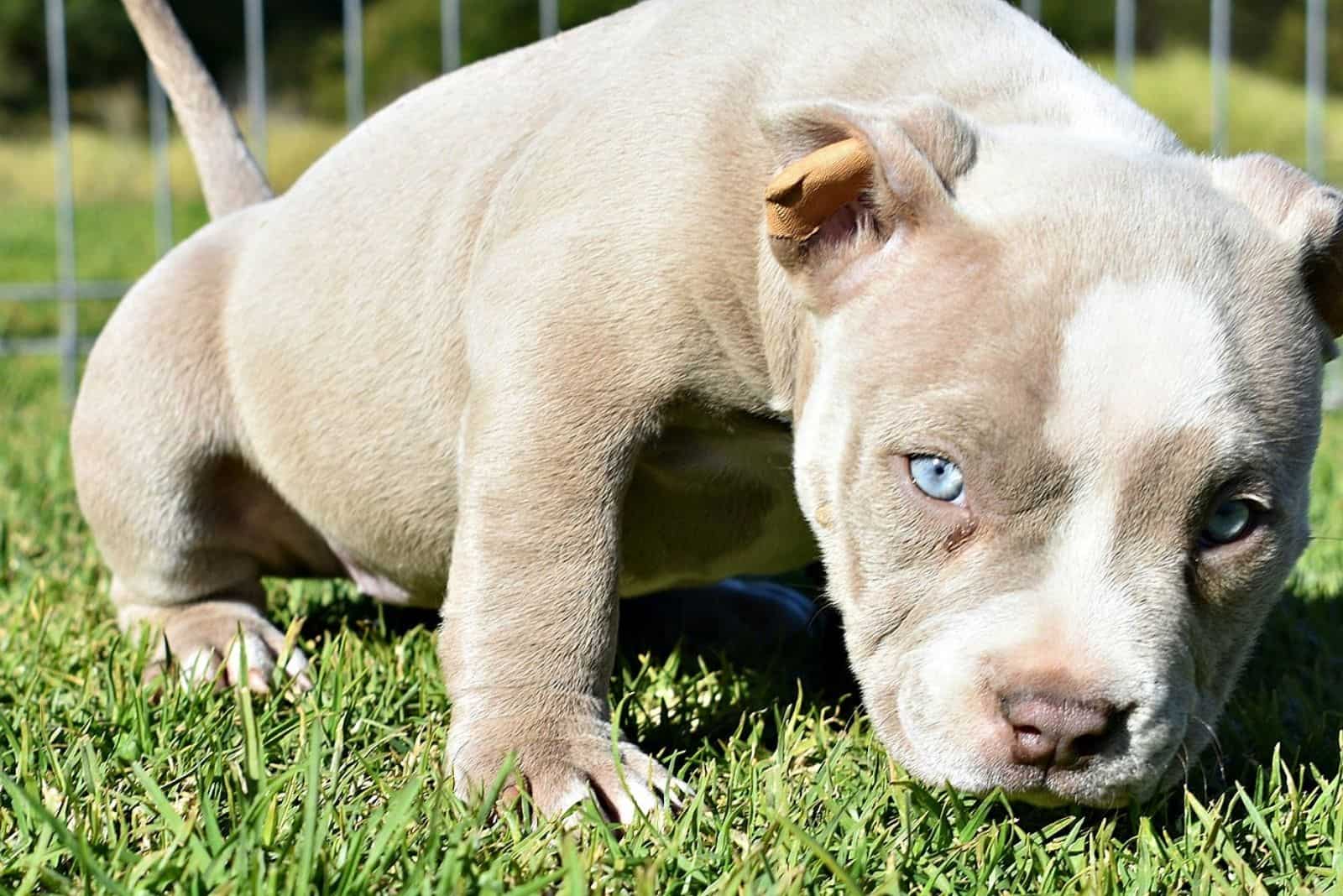
This is one of the rarest Pitbull colors, making this a unique tri color combination.
These dogs usually don’t have tan markings that are typical for most tri color Pitbulls. Instead, they have white markings and silvery-blue ones, making them a remarkably unusual sight.
Even if they do have tan markings, they are usually lighter in color, giving these dogs an overall gentle appearance.
A Champagne Tri Color Pitbull
Similar to fawn tri color Pitbulls, these dogs also have very gentle colorings and markings.
While the base of their coat is light beige or, rather, champagne in color, they sport white and tan markings. The tan markings don’t necessarily have to be lighter than the champagne, but they’ll always be warmer.
A Lilac Tri Color Pitbull
This is a rare color in Pitbulls, no matter the pattern.
Lilac tri color Pitbulls usually have most of their body covered in this color. However, they still have tiny tan and white patches, usually around the neck, snout, ears, hind legs, and paws, that indeed make them tri-colored.
A Red Tri Color Pitbull
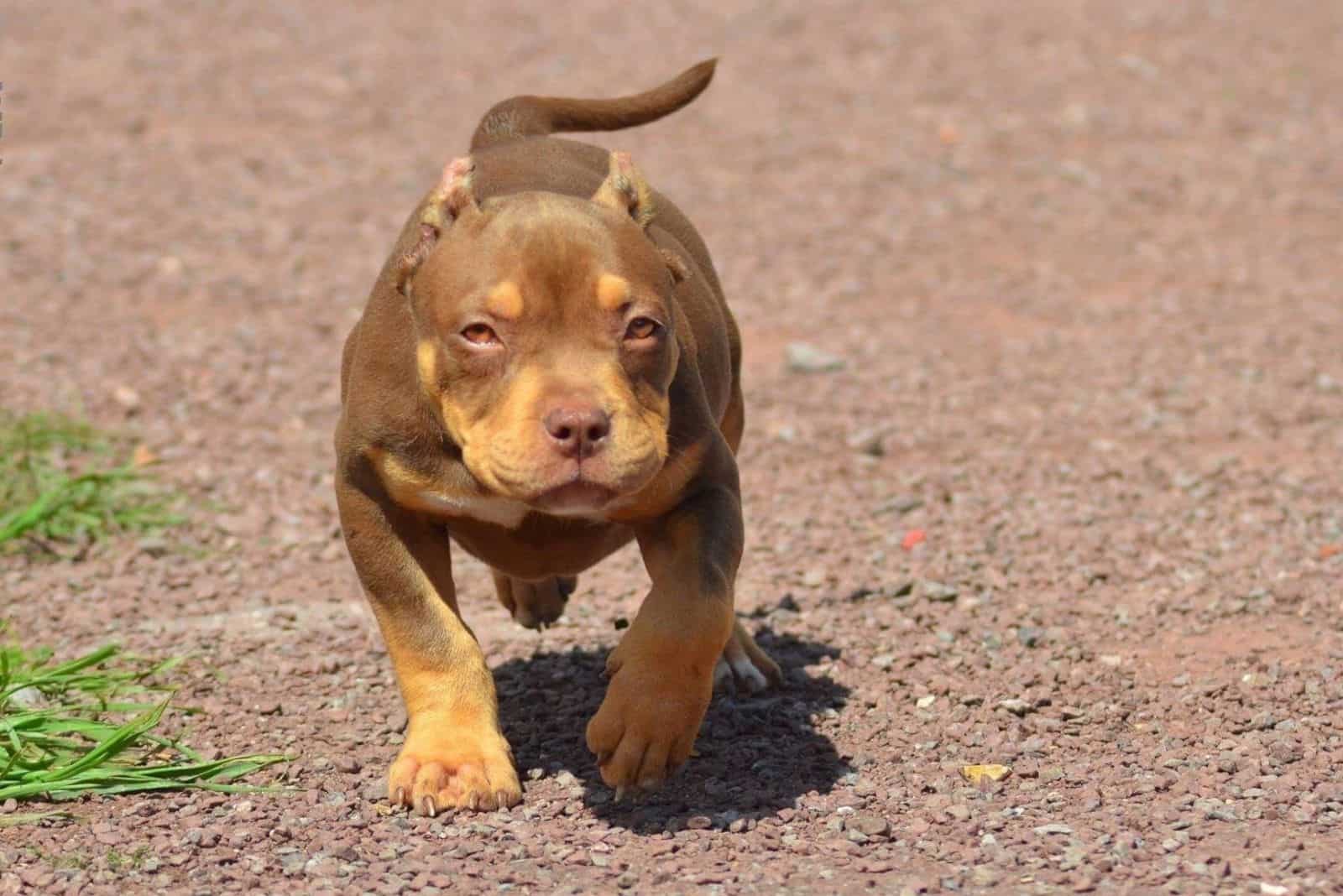
These dogs are very similar to the chocolate and purple tri color Pits, except their base coat color is in a lighter, reddish shade.
They usually have more white than tan markings, but exceptions do exist. The tan markings are typically located on their cheeks, above their eyes, and on their chests and legs.
A White Tri Color Pitbull
White tri color Pitbulls can have any two of the other possible Pitbull colors on them – however, most of their coat will stay white.
There is some controversy about white tri color Pitbulls and other Pitbulls that have white as their primary coat color. This is because the lack of pigment that causes the white color is also connected with some health concerns such as blindness and deafness.
Also, white tri color Pitbulls can never be albinos, as dogs suffering from albinism have a pure white coat.
There is a difference between a white tri color Pitbull and a merle Pitbull. While white tri color Pitbulls have large patches of different colors, merles usually look splattered or spotty, and the colors aren’t sharply defined, as is the case with white tri color Pitbulls.
A Tan Tri Color Pitbull
Similar to white tri color Pitbulls, these pups can be of any color; however, the primary color on their body will be tan. This means they’ll have white or cream markings and markings of a darker color – usually brown, but blue and black are also very common.
A Ghost Tri Color Pitbull
These dogs have a blueish-gray coat that looks almost silver. They also have white and cream markings (rarely tan, but they are possible).
This is one of the rarest combinations in tri color Pitbulls.
The Tri Color Pitbull Bully
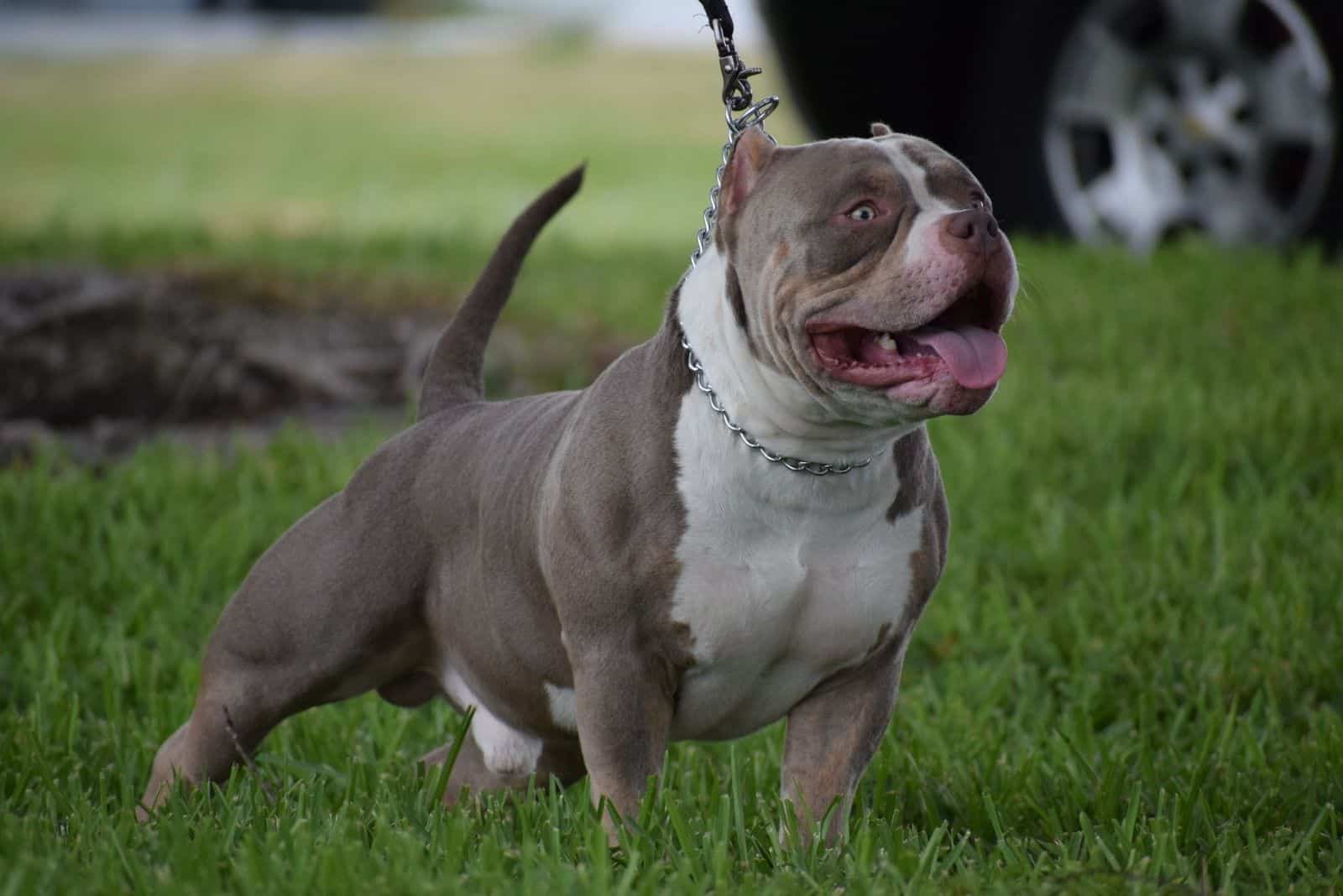
American Bullies are a group of so-called XXL Pitbull bloodlines recognized by the American Bully Kennel Club (ABKC) that produce dogs with a unique appearance. These dogs can come in many colors – but tri color isn’t the most popular.
These dogs are usually called tri color Bullies, and they can come in any pattern as regular Pitbulls can. Whether we’re talking about Texas Size Bullies or Pocket Bullies, all Pitbull colors are possible.
However, American Bully breeders aren’t partial to breeding dogs in this pattern. Bully Pitbulls tend to look like crossbreeds on their own, and the tri color pattern only worsens this impression.
Not just that, but since breeding of tri color Bullies is so rare, this color pattern will seldom appear in these dogs even when breeders attempt to get it.
The rarity of the color might also influence the price of a tri color American Bully breed – while these pups might be more expensive in some places, other breeders will sell them for cheap just to get rid of them.
The Tri Color Razor Edge Pitbull
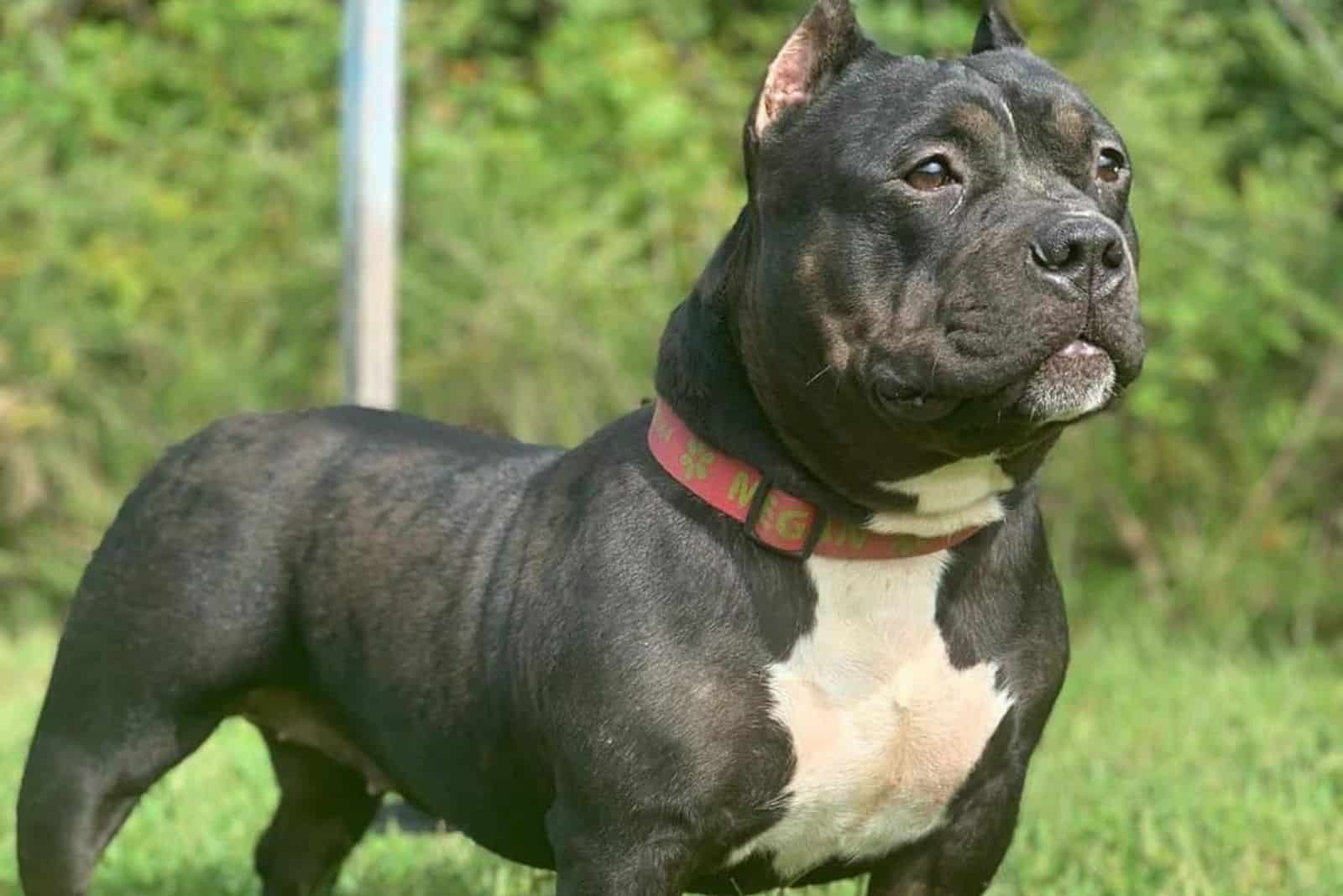
Razor Edge Pitbulls are yet another variation of American Bully Pitbulls, but they are quite different from most other bloodlines. In fact, their build and temperament make them a favorite Bully bloodline.
Just as any other American Bully, these Pits can come in tri color. While this color pattern is more common in them than in some other Bully breeds, it is still somewhat rare and seen as slightly undesirable by breeders.
However, this doesn’t mean that tri-colored Bullies are impossible to find – you just need to know where to look for them.
There are several tri color Razor Edge breeders – all of them include high-quality pics of their gorgeous tri-colored puppies.
Do Tri Color Pitbull Puppies Change Color Over Time?
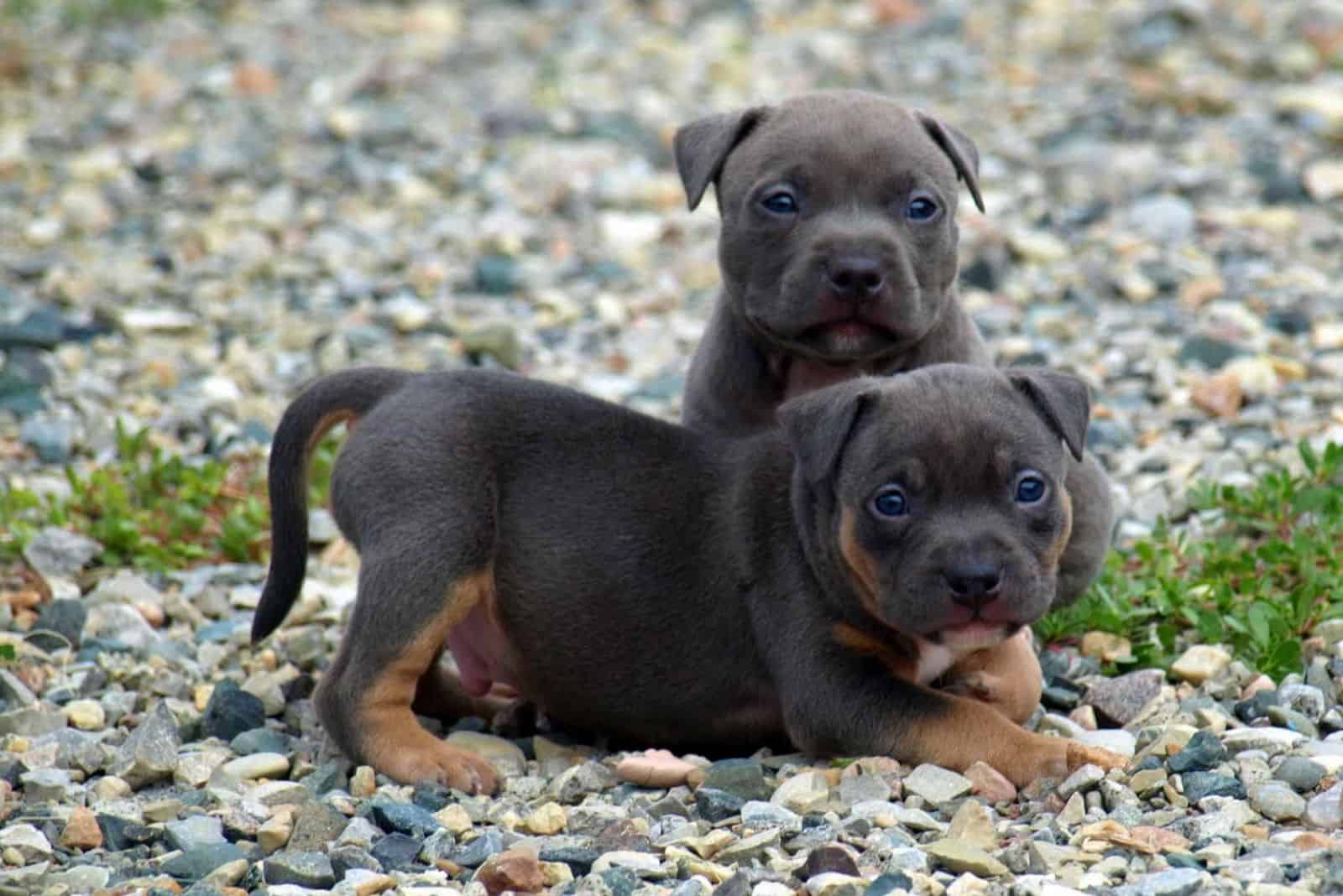
If you’re looking for tri color Pitbull puppies for sale, you may be overwhelmed by either a plethora of gorgeous puppies or many puppies in colors that you don’t really want.
It’s important to keep in mind that tri color puppies’ coat color can change as they grow older. While they won’t change drastically, you may buy a champagne puppy that will grow up to be cream or tan.
Because of this, it’s essential you talk with the breeder and see the desired puppy’s parents. Chances are, the pup will inherit the color from their parents. So, if two purple Pitbulls have a lilac tri color puppy, it will most likely change colors to purple as well.
Once these dogs are adults, their fur won’t naturally change colors. However, it is possible for canines to experience color change, but there will always be some underlying issue. Some of these are:
• Change in nutrition
• Bad skin health
• Medication
• Exposure to sunlight
Prejudices Against Tri Color Pitbulls
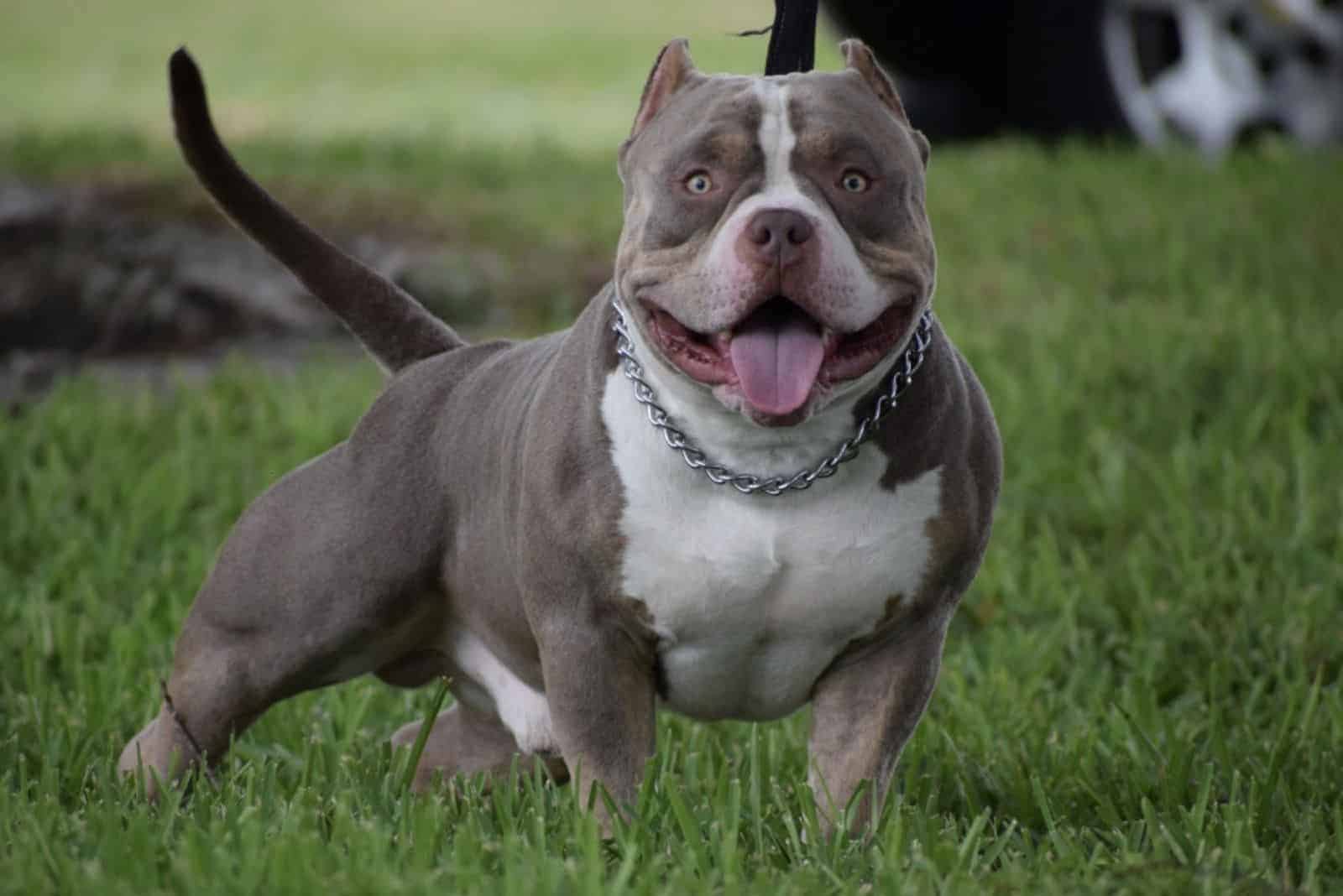
There are a few reasons why many dog lovers have certain prejudices against tri color Pitbulls. Usually, the reason is the coat itself.
Some people simply don’t want a dog that doesn’t have a typical color. Since the American Kennel Club (AKC) and the United Kennel Club (UKC) don’t recognize Pitbulls in three colors, these dogs can’t participate in dog shows or competitions. For many dog owners, this is a no-no.
Others feel like tri color Pitbulls are the result of mixed breeding and that these dogs are crossbred with canines such as Rottweilers, American Bulldogs, and Terriers.
However, this belief only shows how little people know about dog color genetics.
If you breed a dog of one breed with a dog of another breed, this won’t influence only the dog’s coat color but its whole appearance as well. A Pitbull mix breed wouldn’t have the same body structure as a regular Pitbull, which is the first way to know your dog is purebred.
Finally, some people fear that coat color might influence a dog’s temperament and personality. While color can affect a dog’s health, there is no proof that a coat color has any effects on the canine’s behavior – unless the color is the result of breeding with aggressive bloodlines.
How Much Is A Tri Color Pitbull Worth?
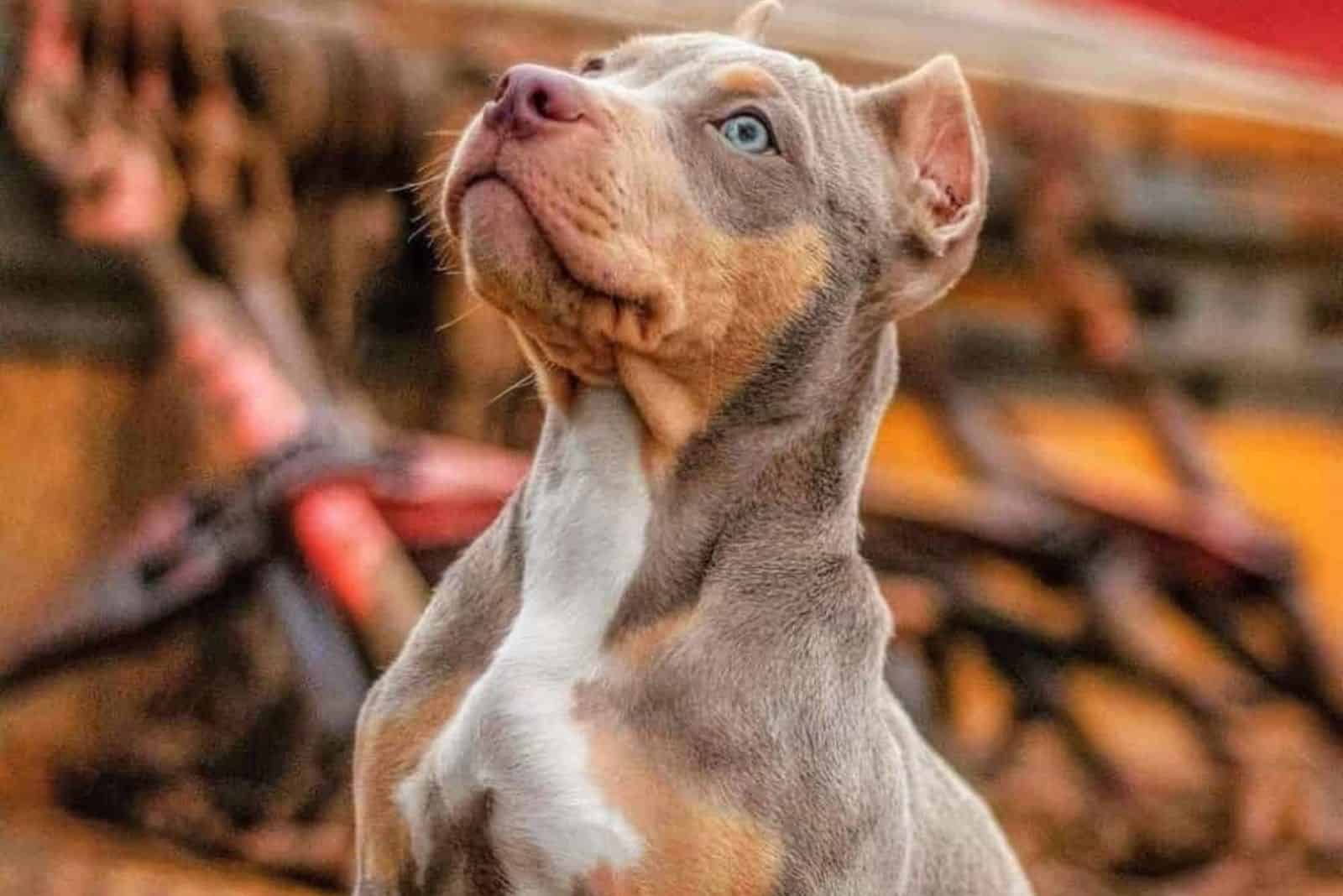
As we’ve already mentioned, tri color Pitbulls are not AKC recognized. However, this doesn’t mean that there are a plethora of illegal breeders looking to earn money on these dogs – quite the opposite.
Many reputable breeders sell tri color Pitbull litters. Even if this color cannot participate in dog shows, plenty of dog owners love it.
In fact, due to the health issues some tri color Pits can have (most notably, white and merle tri color), it’s essential you only buy these dogs from trusted breeders who have conducted all the necessary genetic testing.
While in some places, the price of these dogs can vary from regular Pitbulls, they will most likely cost the same – which is around $750. Of course, other things may also influence their prices, such as the breeder’s reputation and the dog’s bloodline.
Despite their reputation, tri color Pitbulls make fantastic family pets. With just a little bit of socialization and proper training, these dogs can get along with everyone!
And remember – a dog’s color doesn’t influence its personality or behavior, so the choice is purely aesthetic.
Read Next: Dog Colors 101: An Introduction To Doggy Shades And Patterns
